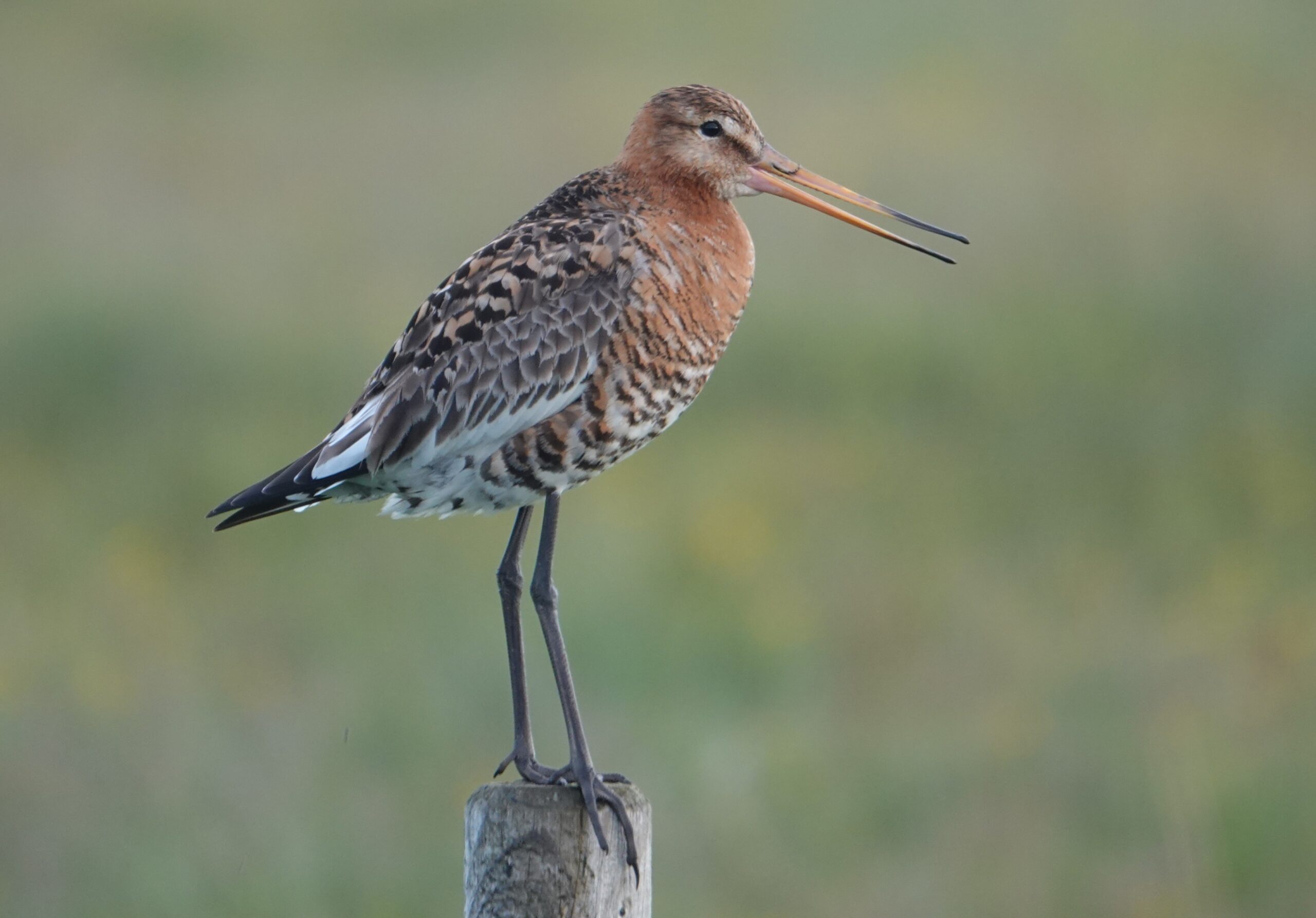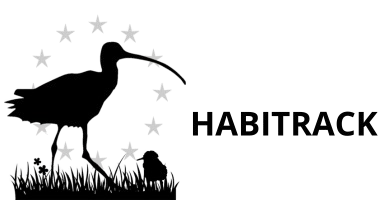Black-tailed godwit
Two of the four subspecies of Black-tailed Godwit occur in Europe. HABITRACK focuses on the subspecies limosa, which breeds from Britain to Russia and experiences a dramatic decline in numbers. Europe has an important responsibility in their protection, and the Netherlands, in particular, which hosts 87% of the breeding pairs of the East Atlantic Flyway (Brown 2015). The species is mainly dependent on grasslands in agricultural habitats. Intensive agricultural practices and habitat degradation are causing population declines (Li et al 2023). Some populations installed in less intensive agricultural landscapes and with better water management show stable or growing populations.

Between
and
Loading
